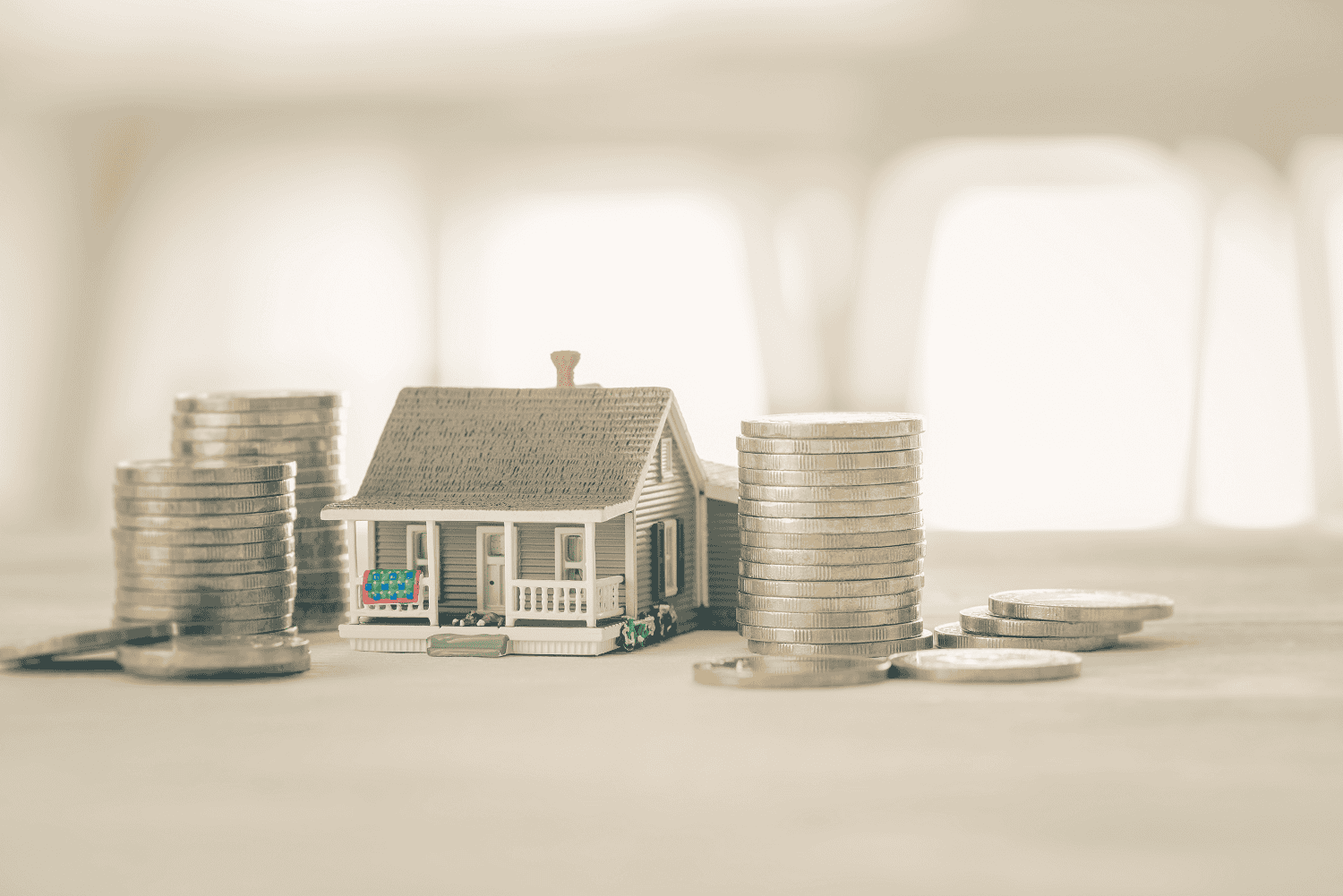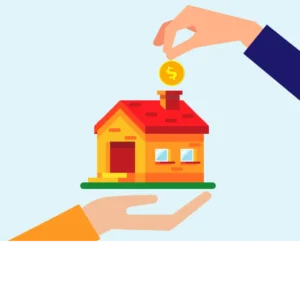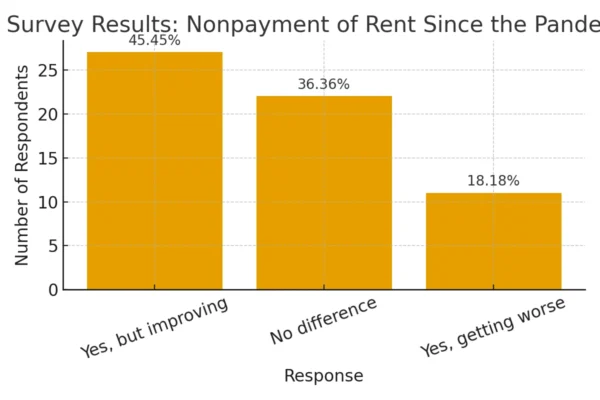
How Much Home Can I Afford as a First-time Home Buyer?
Before asking about the size of the bedroom closets or how much storage is in the garage, one of the most important questions to ask as a first time home buyer is the cost of the monthly mortgage payment. While not the most exciting consideration in the home-buying journey, you don’t want to experience that sinking feeling of buyer’s remorse after the thrill of settling in has worn off and it’s time to start making payments.
You can make smart choices to balance what you want in a new home with a monthly payment you can comfortably afford.
Adjust Your “Dream Home” Expectations (For Now)
There’s nothing wrong with a big wish list, but the reality is that your first home probably won’t be your dream home. On the upside, your first home is likely not your last, and you’ll learn a lot about what you like and don’t like after you’ve moved in. Thinking of your first home as a learning experience may help you temper the desire to go off budget during the excitement of house hunting.
Your first home is also an investment in your future and may give you better leverage to improve your living situation in the future. If your first home isn’t necessarily the home of your dreams, it’s an important step in that direction.
No matter how ambitious or conservative your wish list is, it’s important to avoid being house poor, which happens when your mortgage payment eats up a substantial percentage of your monthly budget, making it hard to cover other expenses. The glamor of a new home will fade when you have to cut down on vacations or nights out to afford your monthly mortgage.
One general rule is to spend no more than 28% of your budget toward housing costs. Use a mortgage calculator to help get an idea of what a realistic monthly payment looks like so you can set helpful expectations early and avoid impulse decisions.
This doesn’t mean you need to sacrifice everything you want. Try to strike a balance between finding an affordable home and having the amenities that are important to you.
Create a wish list of what you would like in a home, and then rank your list. What are your “must haves” and what can you live without, at least for now? This will help you manage expectations and prepare to make budget-conscious decisions during your search.
Know the Factors Affecting Affordability
When you’ve decided on a manageable monthly payment, look at home prices in your desired area, and assess your options. Avoid basing affordability on your approved loan amount. Your guideline should be what you can reasonably afford for your monthly payment.
Here are some factors to consider regarding home prices.
Location
Get to know the area you’re interested in, including proximity to schools, parks, and outdoor recreation, all of which can impact housing prices.
Compare prices of different neighborhoods and try to balance where you want to live and what’s important to you with the affordable options in your target area. Consider looking for more modest options within a neighborhood if the neighborhood price ranges are on the upper end of your budget. Having a lower-priced home in a high-priced neighborhood puts you at an advantage when you’re ready to sell. Your home will be attractive to other buyers who also want to be in that area without the typical price tag that comes with it.
Mortgage Rate vs. Payment
Your mortgage rate will be an important part of applying for a home loan and knowing how much you can afford. Your lender will consider things like credit score, debt-to-income ratio, property type, and loan length. If your rate is high, you may be able to refinance in the future, but there’s no guarantee and you will need to pay additional closing fees. Use your target monthly payment as your guideline.
Closing Costs
Consider closing costs, or mortgage service fees, in the overall affordability of a home. Keep them in mind as you develop your budget and home-buying strategy so you aren’t blindsided by a long list of added expenses. Common closing costs include a down payment, mortgage insurance, property taxes, homeowner’s insurance, and a home inspection.
You may be able to roll closing costs into the cost of the home, which will increase your monthly payment. Mortgage calculators often account for closing costs, making them a useful tool for seeing how these fees impact price.
Assess the Current Availability
Once you have a location in mind, research home prices in that area and familiarize yourself with the different price ranges. This is where a real estate app can come in handy, or you can contact a real estate agent for expert insights into the local market. Some apps include a mortgage calculator, letting you input your information and see what your monthly payment would be for specific houses.
Look at the cost per square foot across different homes to compare options and understand what affects pricing. Home improvement upgrades such as structural additions, attractive landscaping, and updated appliances can add to the home’s value – and cost. Other attractive features, like being close to a school or tucked away in a cul-de-sac, may also demand a higher price.
This is where ranking your needs and wants will come in handy. You can eliminate pricier homes from your list if they boast amenities that aren’t deal breakers for you and will only increase your monthly payment.
Consider Options for New Home Buyers
 First-time home buyers have many resources available to help them manage their first home purchase. For example, some programs allow home purchases without a down payment or at a substantially lower down payment.
First-time home buyers have many resources available to help them manage their first home purchase. For example, some programs allow home purchases without a down payment or at a substantially lower down payment.
USDA loans are one of the best options available for home buyers living in eligible rural or suburban areas in the United States. You may be able to purchase your home without a down payment, at a lower-than-average rate, and with cheaper mortgage insurance.
A Federal Housing Administration (FHA) loan is another attractive option because of its lower down payment and looser credit score requirements. This loan isn’t exclusive to first-time homebuyers but it is a good option to consider compared to conventional loans.
HomeReady and HomePossible loans, also known as Fannie Mae and Freddie Mac loans, are good options for buyers with modest incomes who need a low down payment option. These programs allow buyers to list income from flexible sources, such as renters or co-borrowers, helping those who might otherwise face loan rejection with a conventional mortgage.
Use a Mortgage Calculator to Determine Affordability
One of the most useful tools for assessing affordability is a mortgage calculator, which lets you plug in different information, such as down payment, credit score, and the length of the loan, to see how that changes your monthly payment. This helps you decide what you can reasonably afford based on different scenarios. Keep it handy throughout the process.
Starting your home search with realistic expectations and a solid foundation of information will help you make long-term decisions you can live with. You may discover that the reality of living within your budget in a house you enjoy is the real dream come true.













 Accessibility
Accessibility